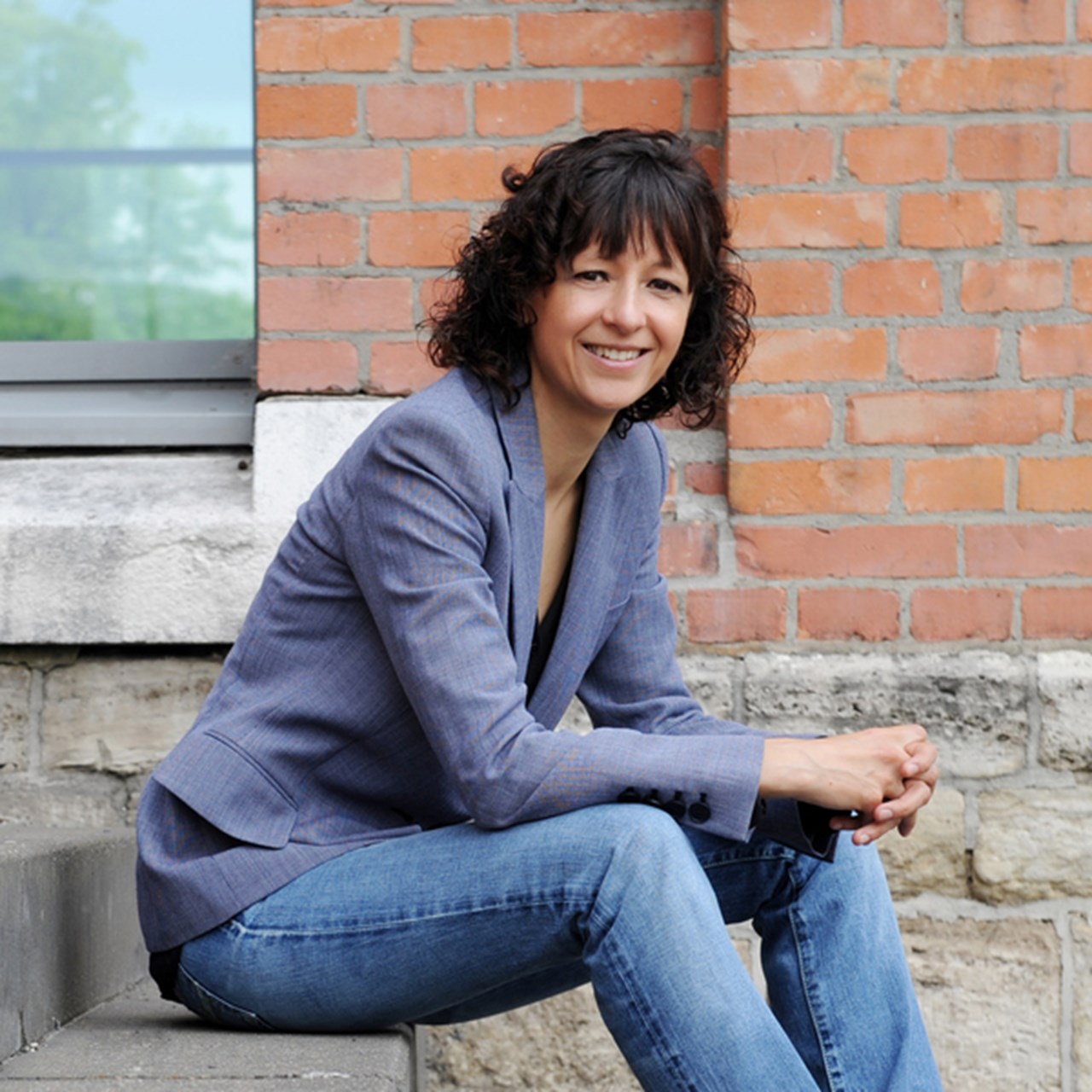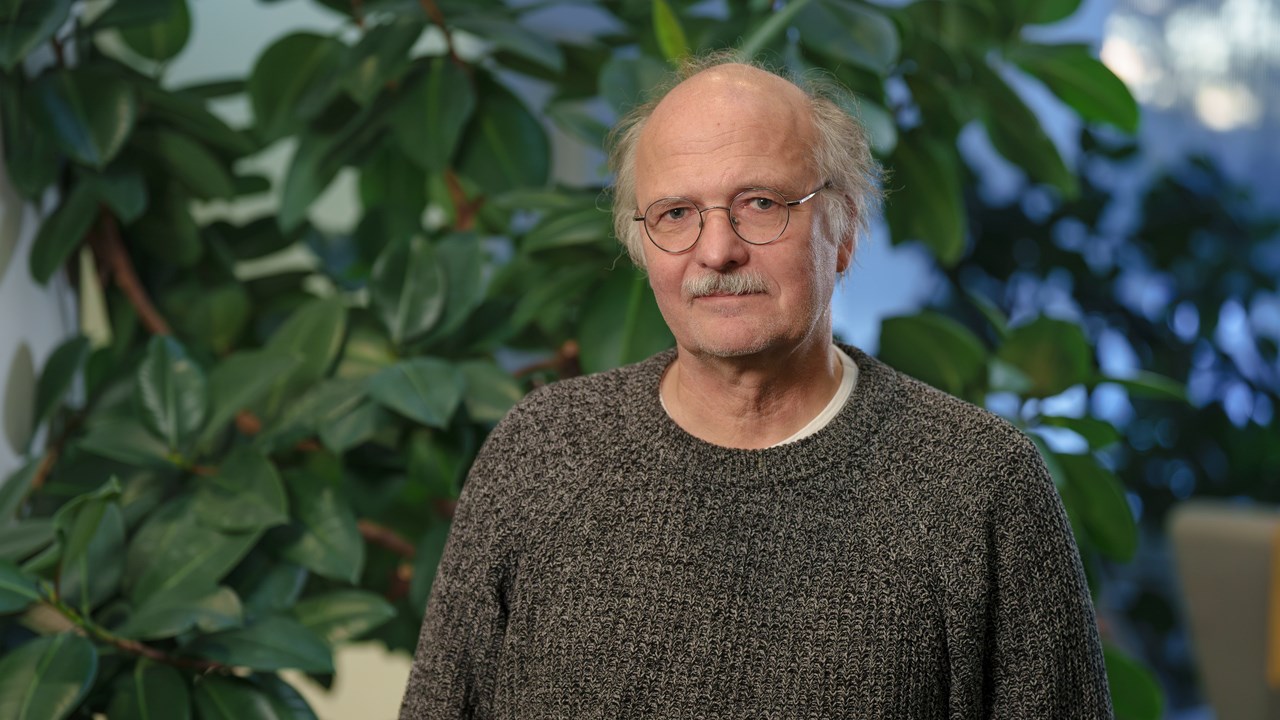Gene scissors are the theme of Kunskapsnoden 2025
Each year, Umeå University organises Kunskapsnoden at the Grand Hôtel, Stockholm as part of the Västerbotten Weeks (Västerbottensveckorna). Kunskapsnoden (knowledge node) is aimed at research councils, foundations and external partners and is a place for inspiration, sharing knowledge and inspired meetings where Umeå University highlights current research and important questions relevant to society. The theme for 2025 is “Challenges and opportunities with gene scissors (CRISPR-Cas9)”.
Four Umeå researchers will participate with short lectures and panel discussions.
Barbara Sixt: On how gene scissors as a discovery method have contributed to important discoveries that could inspire the development of new treatments for chlamydia.
Björn Pilebro: On how gene editing using gene scissors can be used in human clinical studies, especially to treat familial amyloid polyneuropathy (Skelleftesjukan).
Stefan Jansson: On how gene scissors are used in research on a daily basis, particularly for plant research and its potential benefit for achieving a sustainable society.
Madeleine Hayenhjelm: On the importance of moral decisions and ways of considering gene scissors using a form of moral precautionary principle.











